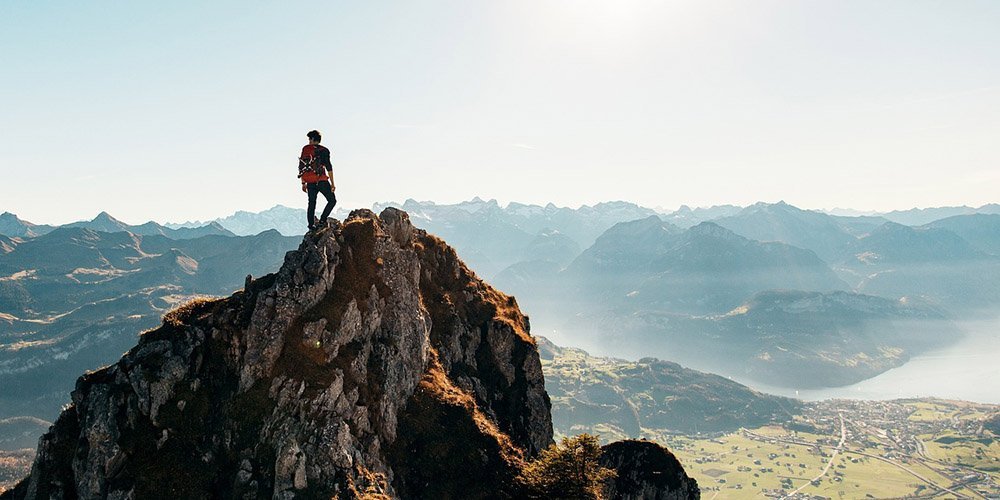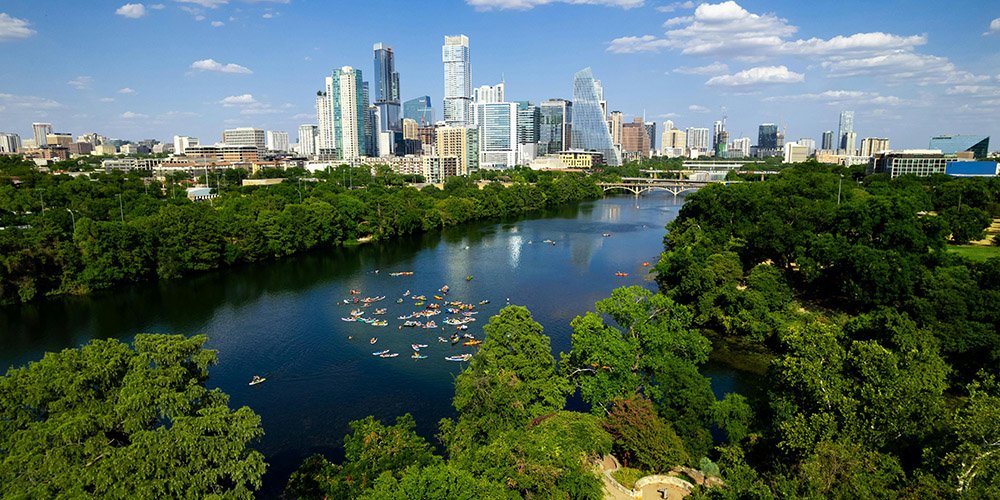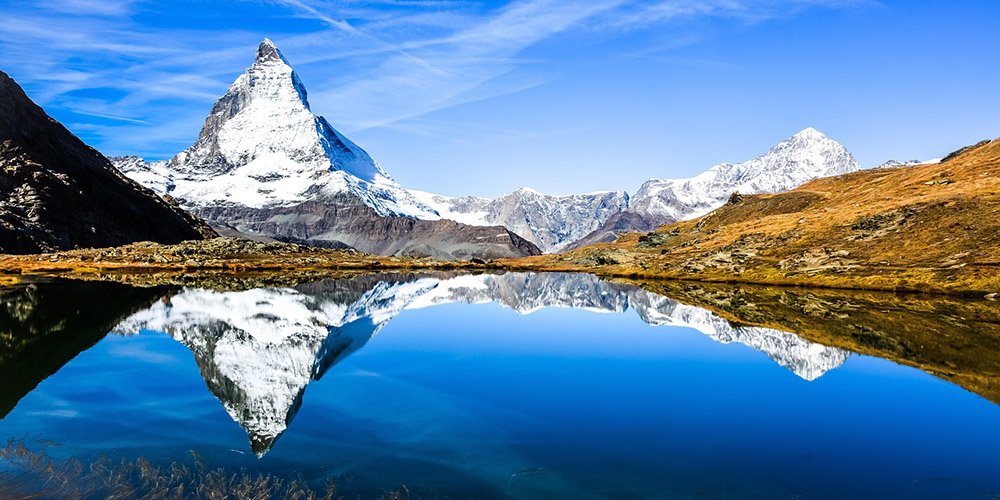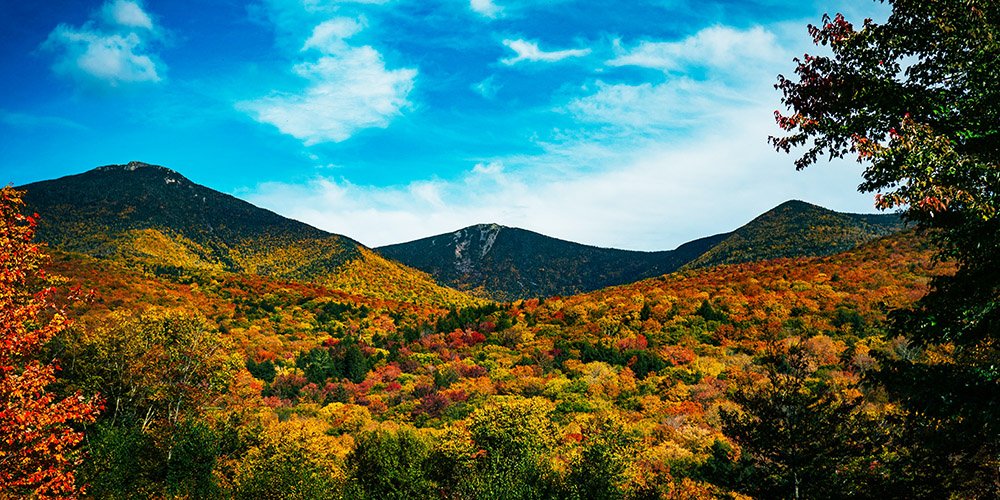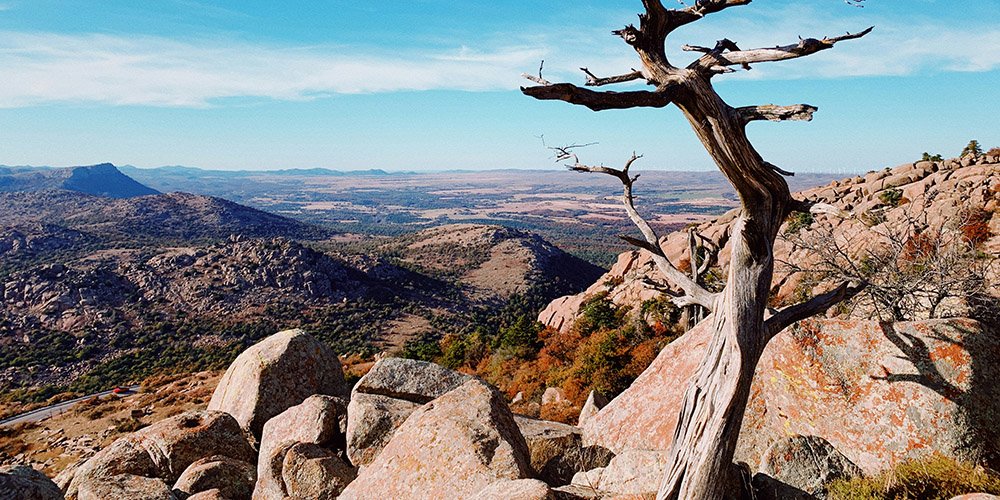Is It Safe to Hike Alone? Main Dangers & How to Avoid Them
Solo hiking offers a unique and deeply personal experience that appeals to many outdoor enthusiasts. The allure of hiking alone lies in the freedom it provides. Without the need to coordinate with others, solo hikers can set their own pace, choose their preferred trails, and make spontaneous decisions.
Additionally, solo hiking can be incredibly rewarding on a personal level. It offers an opportunity for self-reflection and mindfulness, helping individuals to disconnect from the daily grind and reconnect with themselves. The sense of accomplishment that comes from completing a challenging hike alone can boost confidence and provide a profound sense of achievement.
Despite its many benefits, solo hiking also raises several safety concerns. The most common worries include the risk of getting lost, sustaining an injury without assistance, encountering dangerous wildlife, or facing adverse weather conditions. These concerns are valid, but they can be mitigated with proper preparation and awareness. While hiking alone inherently carries more risks than hiking in a group, it can be safe and enjoyable if approached with the right precautions. Read on to learn more!
Is It Safe to Hike Alone?
In general, solo hiking can be safe if proper precautions are taken. According to various outdoor experts, the key to a safe solo hike is preparation and awareness. Statistics show that many hiking accidents occur due to a lack of preparation, such as inadequate gear, insufficient water, or poor navigation skills. By addressing these issues, solo hikers can significantly reduce their risk.
Solo hikers must take personal responsibility for their safety. This involves thorough planning, such as researching the trail, checking weather forecasts, and informing someone about your hiking plans. It also means carrying the right equipment, including maps, a compass, a GPS device, adequate food and water, and a first aid kit. Staying aware of your surroundings and knowing your limits are crucial components of solo hiking safety.
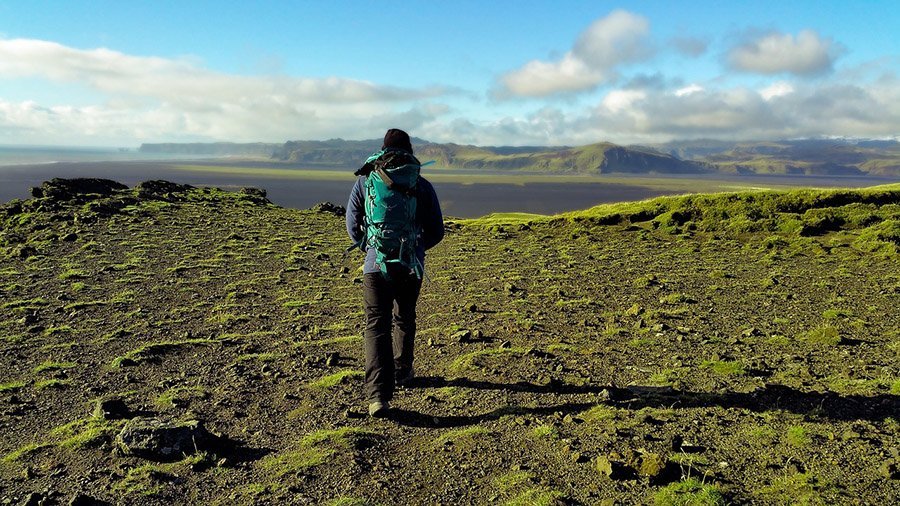
Benefits of Solo Hiking
Mental and Emotional Benefits
Solo hiking offers numerous mental and emotional benefits. It helps build mental toughness as hikers must rely on their own motivation and problem-solving skills to overcome challenges on the trail. The solitude of solo hiking allows for deep introspection and mindfulness, providing a break from the distractions and stresses of daily life. This can lead to a heightened sense of peace and clarity, making solo hikes a form of mental rejuvenation.
Moreover, the sense of accomplishment from completing a solo hike is often greater than when hiking in a group. Without others to compare to, hikers can set personal goals and enjoy the satisfaction of achieving them on their own terms. This can enhance self-confidence and provide a strong sense of personal achievement.
Skill Development
Hiking alone also enhances various skills. Solo hikers must navigate trails independently, which improves their map-reading and orienteering abilities. They also develop better decision-making and problem-solving skills, as they cannot rely on group consensus to address challenges. Over time, solo hiking can make individuals more self-reliant and resourceful, traits that are beneficial both on and off the trail.
Potential Risks of Hiking Alone
Getting Lost
One of the primary concerns of hiking alone is the risk of getting lost. Without a group, there’s no one to help you navigate or recognize if you’re off course. To prevent getting lost, thorough preparation is key. Familiarize yourself with the trail beforehand using maps and reliable resources like AllTrails.com, which provide a lot of detailed descriptions of the terrain and difficulty level.
Always carry a physical map and a compass, and consider using a GPS device. It’s also helpful to take note of landmarks and take photos of trail junctions to help you retrace your steps if needed.
Injury
Hiking alone increases the risk of not having immediate assistance if an injury occurs. This makes it crucial to take preventive measures. First, ensure you are physically prepared for the hike and choose trails within your ability level. Carry a well-stocked first aid kit and know how to use it.
Avoid taking unnecessary risks, such as scrambling on loose rocks or rushing through difficult terrain. If you do get injured, having a fully charged phone and a portable power bank can be lifesaving, allowing you to call for help if needed.
Encounters with Wildlife
Encountering wildlife can be more intimidating when alone. The risk is generally low, but it’s important to be prepared. In areas known for bears or other large animals, carry bear spray and know how to use it. Make noise to avoid surprising animals—this can be as simple as talking, clapping, or using a bear bell.
Research the types of wildlife in the area and learn how to respond to different encounters. For example, if you encounter a bear, you should back away slowly and avoid running.
Weather and Natural Events
Sudden weather changes and natural events like storms or floods can pose significant risks when hiking alone. Always check the weather forecast before setting out and be prepared for unexpected changes. Carry extra layers, a waterproof jacket, and an emergency shelter to protect against hypothermia in case of sudden drops in temperature.
Understanding the terrain and knowing the signs of natural hazards, such as flash floods, is also essential. Plan your hike to avoid areas prone to these dangers during risky seasons or weather conditions.
Human Threats
While rare, there is a low but possible risk of encountering dangerous individuals while hiking alone. To mitigate this risk, avoid sharing your detailed hiking plans on social media. Instead, inform a trusted friend or family member of your route and expected return time.
Consider carrying a personal alarm or pepper spray for added security, but ensure it’s legal in the area you’re hiking. Staying aware of your surroundings and trusting your instincts can also help you avoid potentially dangerous situations.
Also read: Best Hiking Hairstyles – For Comfort, Convenience, and Style
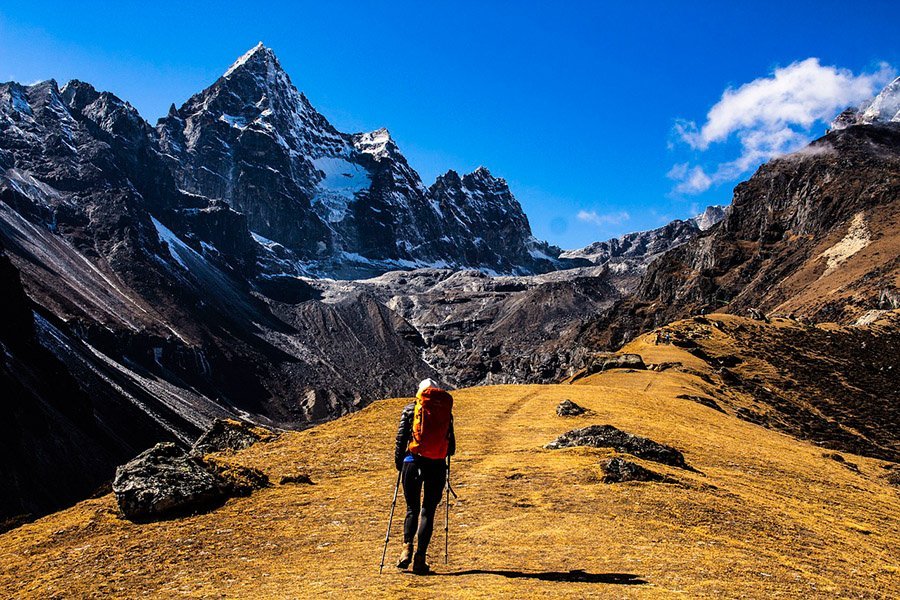
Safety Tips for Solo Hiking
Planning and Preparation
Proper planning and preparation are crucial for a safe solo hiking experience. Start by choosing a manageable trail that matches your fitness level and experience. Utilize resources like AllTrails.com to research the trail’s difficulty, terrain, and any potential hazards.
Plan your hike during daylight hours and check the weather forecast to avoid unexpected conditions. Always have a backup plan and be prepared for changes in the weather or trail conditions.
Informing Others
Before heading out, inform someone about your hiking plans. Share your route, expected return time, and any alternative paths you might take. Provide details like your vehicle description and where you will park, as well as emergency contact numbers for the local authorities. Regular check-ins with a friend or family member during your hike, if possible, add an extra layer of safety.
Carry reliable navigation tools such as a map, compass, and GPS device. Ensure your phone is fully charged and bring a portable power bank as a backup. Download offline maps to your phone and familiarize yourself with the route before starting. These tools are essential for staying on course and finding your way back if you get lost.
Proper Gear and Supplies
Bringing the right gear and supplies is vital for solo hiking. Essential items include:
- First Aid Kit: For treating minor injuries and managing emergencies.
- Extra Food and Water: Carry more than you think you’ll need to stay hydrated and energized.
- Appropriate Clothing: Dress in layers to adapt to changing weather conditions and wear moisture-wicking materials to stay dry.
- Emergency Tools: Such as a whistle, multi-tool, and emergency shelter.
Wildlife Safety
Be aware of the wildlife in the area and know how to respond if you encounter animals. In bear country, carry bear spray and know how to use it effectively. Make noise to avoid surprising animals and stay vigilant, especially during dawn and dusk when wildlife is most active. Research specific safety measures for the types of wildlife you might encounter on your trail.
Staying on the Trail
Always stick to marked trails to reduce the risk of getting lost. Trail markers and signs are there for a reason, and venturing off the path can lead to dangerous situations. Take photos of junctions and landmarks to help you remember your route and make it easier to retrace your steps if necessary.
Avoiding Headphones
While music can be enjoyable, it’s safer to leave headphones in the car when hiking alone. Being alert to your surroundings is crucial for detecting potential dangers, such as approaching wildlife, changes in weather, or other hikers. If you do use headphones, keep the volume low and leave one earbud out to stay aware of your environment.
Regular Check-Ins
If possible, arrange regular check-ins with someone who knows your plans. This can be done through text messages or calls at designated points during your hike. Keeping someone informed of your progress and location can be invaluable in an emergency.
Also read: Best Hiking Dogs: Top 10 Breeds and Useful Tips
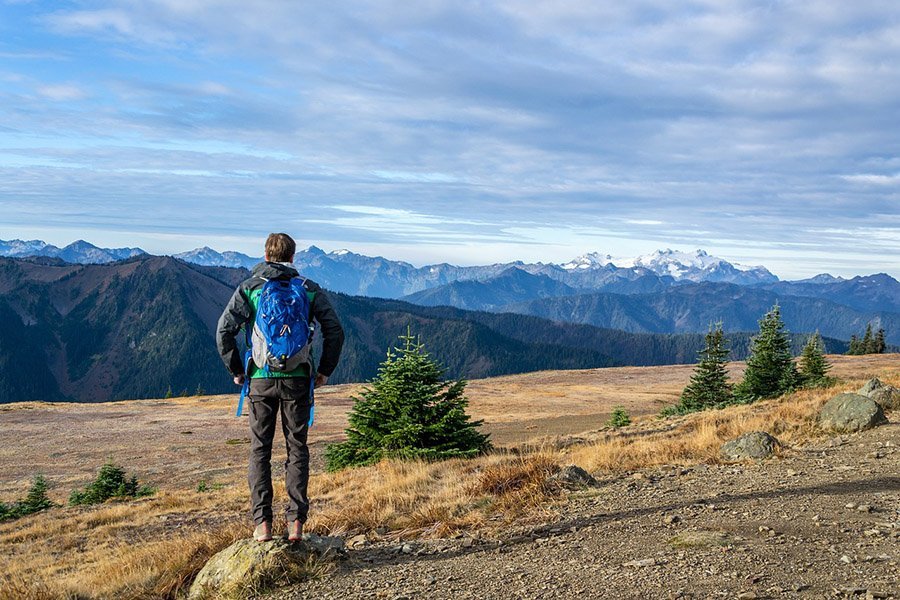
Personal Anecdotes and Tips
Many experienced hikers including myself emphasize the value of preparation and mindfulness when hiking alone. For instance, seasoned solo hikers often stress the importance of starting with familiar trails before venturing into more challenging and remote areas. This helps build confidence and experience in a controlled environment.
- Stay Calm and Think Clearly: One of the best pieces of advice I received was to stay calm and think clearly if something goes wrong. Panicking only makes the situation worse.
- Know Your Limits: It’s tempting to push yourself, but knowing your limits and listening to your body is crucial. It’s better to turn back and hike another day than to push through and risk injury.
Common Mistakes to Avoid
- Underestimating the Trail: Overestimating your abilities or underestimating the difficulty of the trail can lead to dangerous situations. Always choose a trail that matches your experience level and physical condition.
- Not Checking the Weather: Sudden weather changes can turn a pleasant hike into a hazardous situation. Always check the weather forecast and be prepared for unexpected changes by carrying appropriate gear.
- Ignoring Hydration and Nutrition: Dehydration and lack of nutrition can lead to fatigue and impaired judgment. Ensure you have sufficient water and high-energy snacks to keep your energy levels up.
- Failing to Inform Others: Not telling someone about your hiking plans can delay rescue efforts if something goes wrong. Always inform a friend or family member about your route and expected return time.
Final Thoughts
Solo hiking offers a unique and rewarding experience but comes with its own set of challenges and risks. By understanding the potential dangers and taking proactive steps to mitigate them, hikers can enjoy the solitude and freedom that solo hiking provides. Key points to remember include:
- Thorough Planning and Preparation: Research your trail, check the weather, and ensure you are physically and mentally prepared.
- Informing Others: Always let someone know your hiking plans and check in regularly.
- Carrying Proper Gear: Bring navigation tools, a first aid kit, extra food and water, and appropriate clothing.
- Staying Alert and Aware: Avoid using headphones, stay on marked trails, and be mindful of your surroundings.
Hydration and electrolyte balance are critical for any hiking trip. Regularly drinking water and replenishing electrolytes helps maintain your energy levels and prevents dehydration. Listen to your body and make adjustments as needed to ensure a safe and enjoyable hike.
By following these guidelines, solo hikers can confidently explore the outdoors, enjoy the peace and tranquility of nature, and return home safely. Happy hiking!


